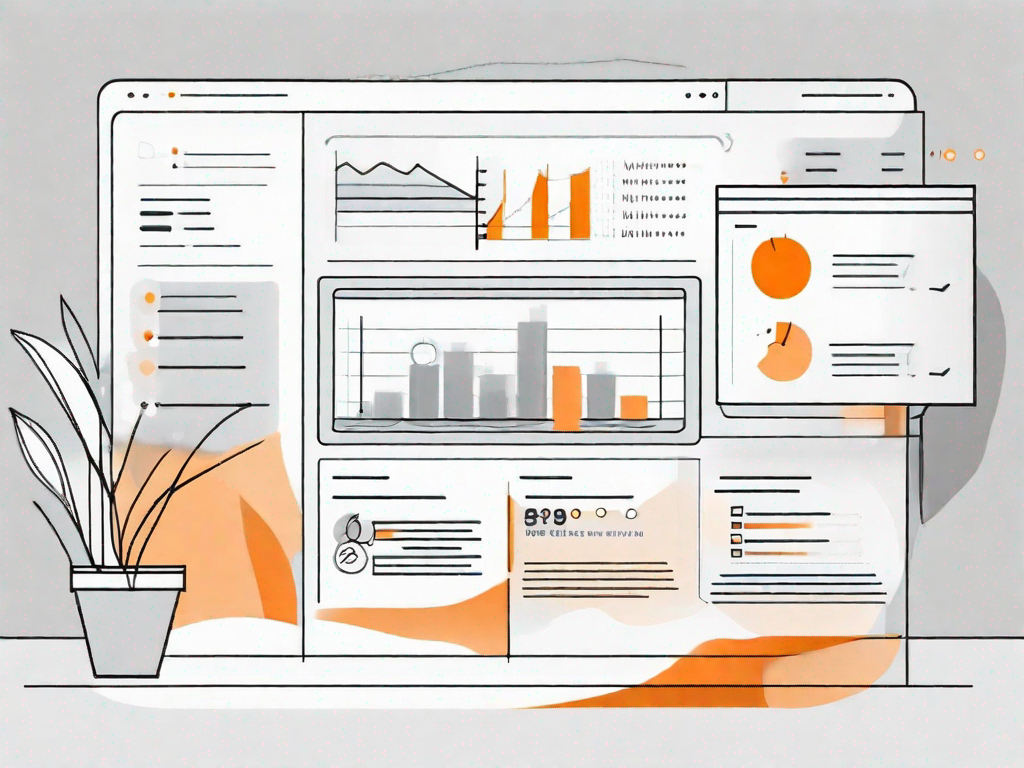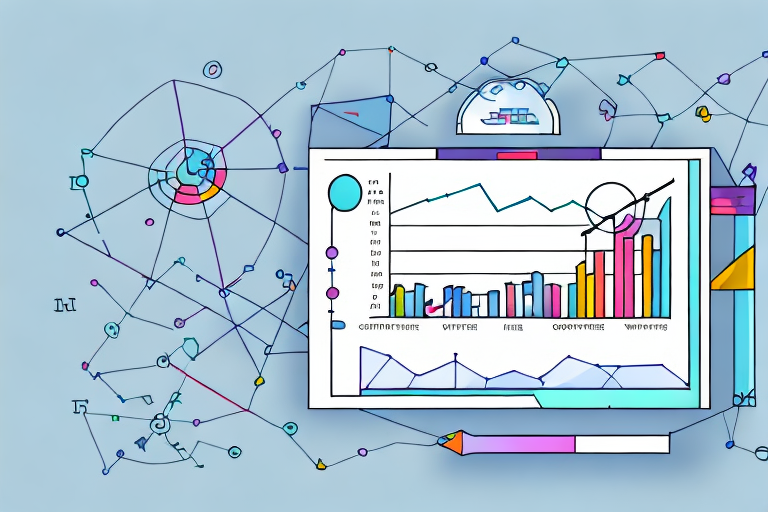.svg)
How to set up user roles and capabilities in WordPress
.svg)

In order to manage user roles and capabilities effectively in WordPress, it is crucial to have a clear understanding of what they are and how they work. This article will provide you with a step-by-step guide on how to set up user roles and capabilities in WordPress, allowing you to tailor the permissions and access levels of your users to meet the specific needs of your website.
Understanding User Roles and Capabilities in WordPress
Before we delve into the process of setting up user roles and capabilities, let's take a moment to understand their importance in WordPress.
WordPress, as a powerful content management system, allows you to create and manage user accounts with different levels of access. This feature is crucial for websites that have multiple contributors, administrators, and editors. By assigning specific user roles and capabilities, you can ensure that each individual has the appropriate level of control over your website.
The Importance of User Roles in WordPress
User roles in WordPress are predefined sets of permissions that determine what specific actions a user can perform on your website. They are essential for maintaining the security and integrity of your site as well as managing the content and functionality.
Imagine a scenario where anyone who visits your website has the ability to modify settings, publish posts, or even delete important content. Chaos would ensue, and your website's credibility would be compromised. User roles provide a solution to this potential problem by allowing you to control the actions that each user can take.
By assigning different user roles to individuals, you can control their access to certain features and ensure that only authorized users have the ability to perform actions such as publishing posts, modifying settings, or managing plugins. This not only enhances the security of your website but also streamlines the workflow by delegating specific tasks to different user roles.
An Overview of Default User Roles in WordPress
WordPress comes with several default user roles, each with its own set of capabilities. Here's a brief overview:
- Administrator: This role has full control over the website and can perform all actions, including managing other users and changing settings.
- Editor: Editors can publish and manage their own and others' posts, moderate comments, and perform other essential content-related tasks.
- Author: Authors have the ability to publish and manage their own posts but do not have control over other users or settings.
- Contributor: Contributors can write and manage their own posts, but their content needs to be reviewed and published by an editor or administrator.
- Subscriber: Subscribers have the least amount of permissions and can only manage their personal profiles.
These default user roles provide a solid foundation for managing user access on your WordPress website. However, it's important to note that you can also create custom user roles with specific capabilities tailored to your unique requirements.
What are Capabilities in WordPress?
In WordPress, capabilities determine the specific actions a user can perform. They can be assigned to various user roles or individually to grant or restrict access to certain functions or content.
Capabilities include actions such as creating or editing posts, moderating comments, managing media, and more. By manipulating capabilities, you can fine-tune the level of control and permissions for each user role.
For example, let's say you have a team of writers who contribute articles to your website. You may want to grant them the capability to create and edit posts, but restrict their access to modifying settings or installing plugins. By assigning the appropriate capabilities, you can ensure that each user has the necessary tools to perform their tasks without compromising the overall security and functionality of your website.
Understanding user roles and capabilities in WordPress is crucial for effectively managing your website and ensuring that the right people have the right level of access. By utilizing this feature, you can maintain the integrity of your site, streamline your workflow, and provide a secure environment for both administrators and contributors.
Setting Up User Roles in WordPress
Now that you have a solid understanding of user roles and capabilities, let's dive into the process of setting up user roles in WordPress.
Adding a New User Role
If the default user roles in WordPress do not meet your requirements, you have the option to add custom user roles. To add a new user role, follow these steps:
- Access the WordPress admin dashboard and navigate to "Users" > "Roles".
- Click on "Add New Role" at the top of the page.
- Provide a name for the new user role and define its capabilities by checking the appropriate boxes.
- Click "Add Role" to save the new user role.
Editing an Existing User Role
If you wish to modify the capabilities of an existing user role, you can do so by following these steps:
- Access the WordPress admin dashboard and navigate to "Users" > "Roles".
- Locate the user role you want to edit and click on its name.
- Modify the capabilities of the user role by checking or unchecking the appropriate boxes.
- Click "Update Role" to save the changes.
Deleting a User Role
If you no longer require a user role, you can delete it by following these steps:
- Access the WordPress admin dashboard and navigate to "Users" > "Roles".
- Select the user role you want to delete by clicking on its name.
- Scroll down to the bottom of the page and click on the "Delete" button.
- Confirm the deletion when prompted.
Managing Capabilities in WordPress
Now that you know how to set up user roles, it's time to explore how to manage capabilities in WordPress.
Assigning Capabilities to User Roles
In order to assign capabilities to user roles, you can follow these steps:
- Access the WordPress admin dashboard and navigate to "Users" > "Roles".
- Click on the user role to which you want to assign capabilities.
- Check the boxes next to the capabilities you want to allow for that user role.
- Click "Update Role" to save the changes.
Modifying Capabilities of a User Role
If you need to modify the capabilities of a user role, you can do so by following these steps:
- Access the WordPress admin dashboard and navigate to "Users" > "Roles".
- Select the user role you want to modify and click on its name.
- Modify the capabilities by checking or unchecking the appropriate boxes.
- Click "Update Role" to save the changes.
Removing Capabilities from a User Role
If you wish to remove certain capabilities from a user role, you can do so by following these steps:
- Access the WordPress admin dashboard and navigate to "Users" > "Roles".
- Click on the user role from which you want to remove capabilities.
- Uncheck the boxes next to the capabilities you want to remove.
- Click "Update Role" to save the changes.
Utilising Plugins for User Role and Capability Management
In addition to the built-in functionality, there are several plugins available that can further enhance your control over user roles and capabilities in WordPress.
Top Plugins for User Role Management
If you need more advanced features and options for managing user roles, consider these popular WordPress plugins:
- User Role Editor: Allows you to add, edit, and delete user roles and capabilities.
- Members: Enables you to create custom user roles and manage their capabilities.
- Advanced Access Manager: Provides a comprehensive solution for managing user roles, capabilities, and content permissions.
How to Use Plugins to Manage Capabilities
If you require more granular control over individual capabilities, you can utilize plugins such as:
- Capability Manager Enhanced: Allows you to manage individual capabilities for each user role.
- Map Cap: Allows you to map capabilities from one role to another, making it easier to manage large sets of capabilities.
By leveraging the power of these plugins, you can tailor the user roles and capabilities of your WordPress website to precisely meet your needs.
In conclusion, setting up user roles and capabilities in WordPress is an essential aspect of website management and security. By understanding the fundamentals and following the steps outlined in this article, you can easily establish and customize user roles to ensure the smooth and secure operation of your WordPress site.
Let's
Let’s discuss how we can bring reinvigorated value and purpose to your brand.







.svg)